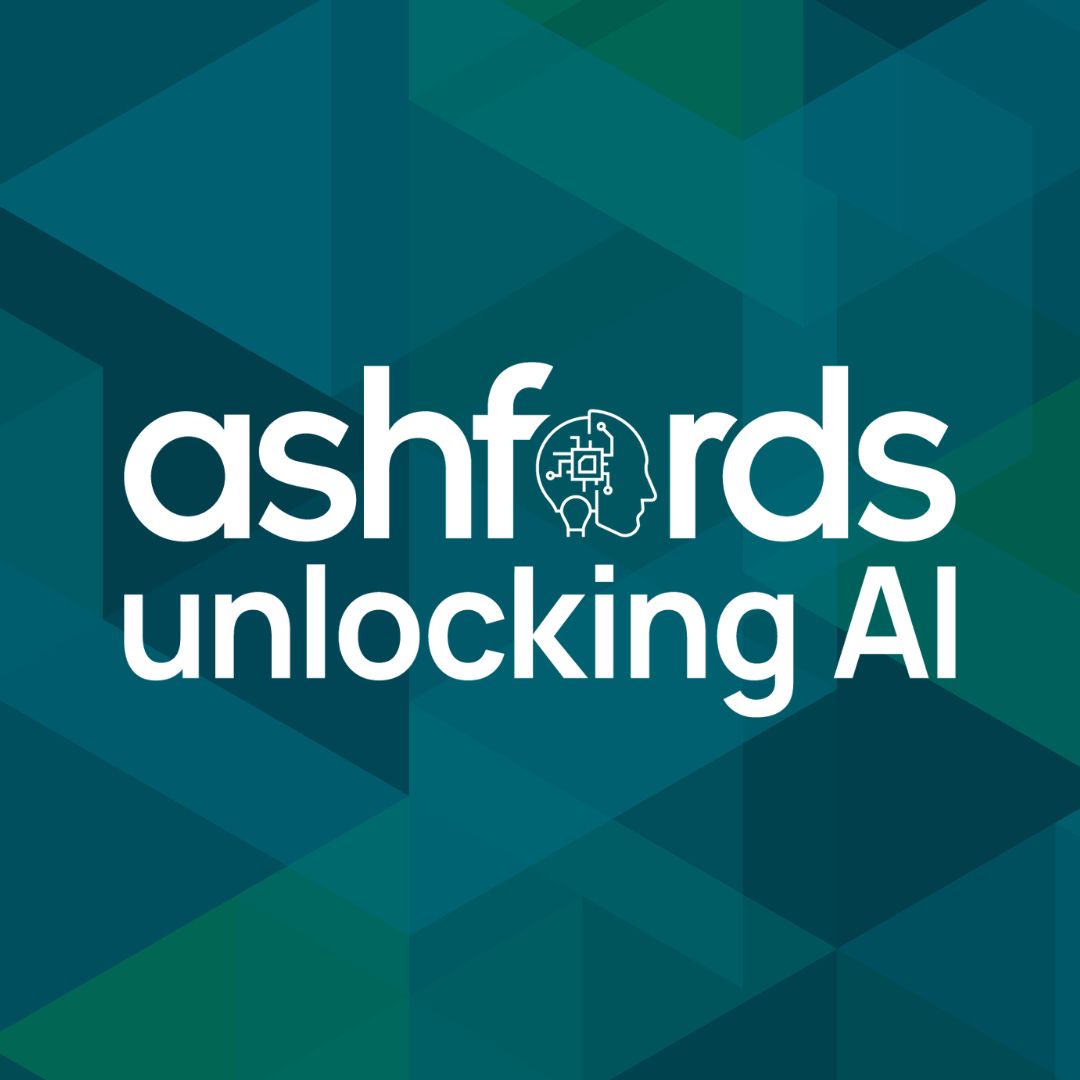Wondering how to categorise artificial intelligence (AI)? We’ve noticed that there’s a significant overlap between the categories, yet no universal agreement on how AI should be grouped.
To help you make sense of it all - we’ve provided a brief overview of categorisation according to the technology used, also covering how AI reflects human intelligence...
Alternatively referred to as ‘intelligent automation’, artificial specific/narrow intelligence has been described as ‘weak AI’. Narrow AI can perform well on a particular function within a pre-determined, pre-defined range, but cannot perform on tasks that they are not programmed to do.
Examples:
Artificial general intelligence (AGI) has been described as ‘strong AI’. This is beyond capacity of current AI developments. It’s capable of performing a range of diverse tasks, as opposed to a single task, replicating human levels of intelligence.
It’s believed that we’re not at the AGI stage but heading towards it faster than anticipated.
Artificial super intelligence (ASI) computers have the capability of surpassing human beings, exceeding human intelligence in all aspects. This is an AI that can think abstractly, reason, be creative, problem-solve as well as perform some of the functions displayed by narrow AI.
It’s believed that ASI has not been developed yet.
If you are interested in how AI will change business and the law, visit and bookmark our Spotlight AI hub for more AI insights. The Hub brings together commentary from Ashfords’ experts, our clients and our contacts across a wide range of areas; looking at how AI might impact as its use evolves.
Please do also get in touch if there are any specific areas related to AI that you’d be interested in hearing more about.
Visit the spotlight area